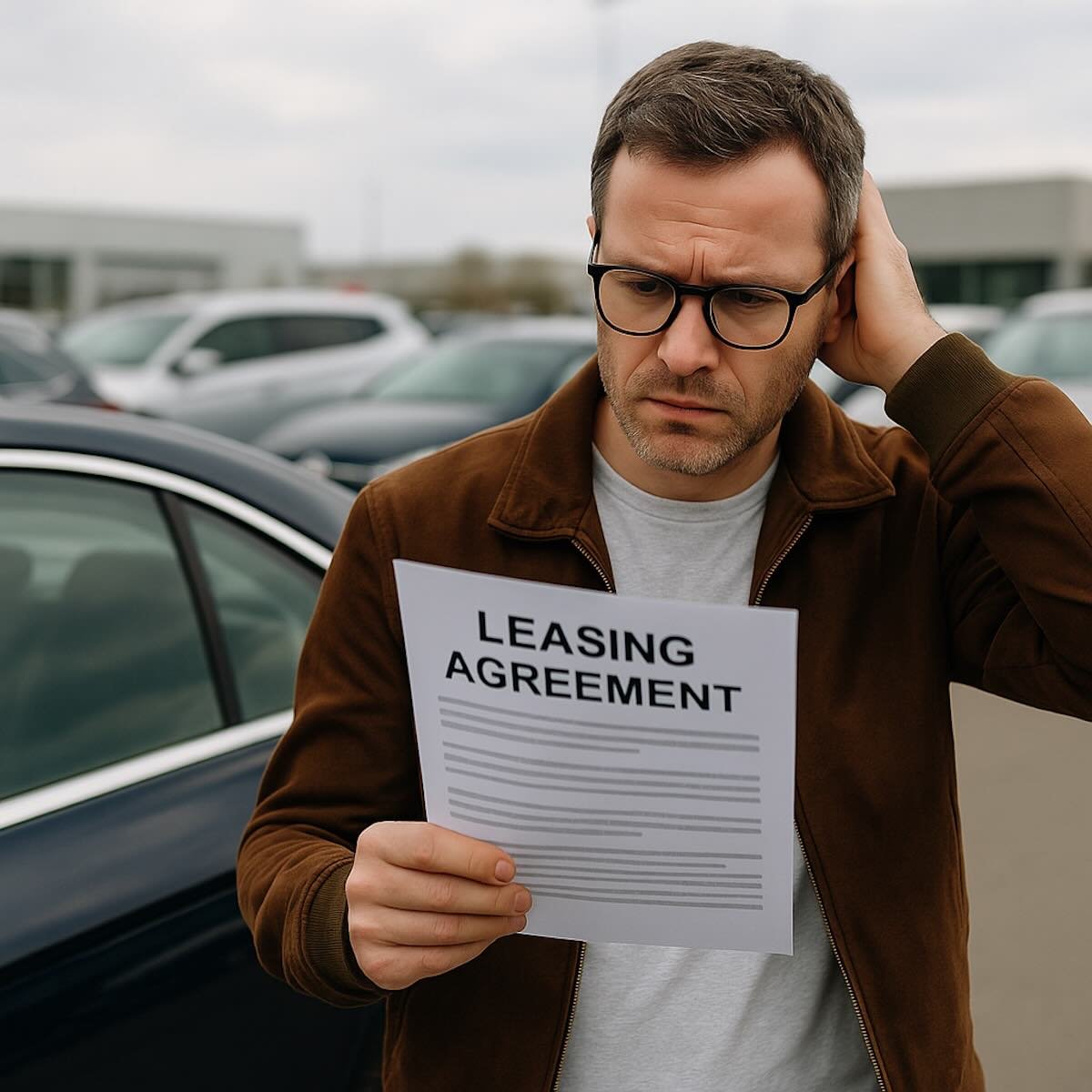What Is the Biggest Downside to Leasing a Car?
Leasing a car can feel like a savvy financial move. Monthly payments are often lower, you get to drive a newer vehicle, and maintenance costs are typically minimal. But before signing that lease agreement, it's important to understand the full picture. So, what is the biggest downside to leasing a car?
The short answer: You don’t own the car — and that limits your long-term financial benefit.
Let's dive into what this really means and why it matters.
1. You’re Paying for Depreciation — With Nothing to Show for It
When you lease, your monthly payments go toward the vehicle’s depreciation during the lease term, not its full value. At the end of the lease, you return the car to the dealership — you walk away without any equity. Compare that to financing: once your loan is paid off, the car is yours to keep, sell, or trade in.
Why it matters:
Leasing is essentially long-term renting. You’re paying for something you’ll never own.
2. Mileage Limits Can Be Restrictive
Most lease agreements come with strict mileage caps — often between 10,000 and 15,000 miles per year. Go over, and you could be charged anywhere from 15 to 30 cents per mile, according to Edmunds.
If you drive a lot for work or weekend road trips, leasing might cost you more than expected.
3. Wear-and-Tear Fees Add Up
You’re expected to return the car in “like-new” condition, with only reasonable wear. Scratches, stains, tire wear, or dings can lead to surprise charges at the end of your lease. Some lessees end up paying hundreds, even thousands, to cover what the dealership considers “excessive damage.”
4. Customization Is Off-Limits
Want to add a roof rack, tint your windows, or install a new sound system? Not with a leased car. Since you’re expected to return the vehicle in its original condition, customizations are either prohibited or require reversal at your cost.
5. You’re Always Making Payments
With leasing, you’ll likely always have a car payment — unless you eventually decide to buy. If you roll over into a new lease every few years, you never escape the cycle of monthly payments.
Compare that to owning: Once you pay off your loan, the car is yours — and your monthly payment disappears.
So, What’s the Verdict?
Leasing can be a smart choice for people who:
Drive limited miles
Want a new car every few years
Like warranty coverage and minimal maintenance
But the biggest downside is the lack of ownership and equity. Over time, you could end up spending more than if you bought a car and kept it long-term. Plus, with strict mileage rules and potential end-of-lease charges, leasing can become more expensive than expected.
Thinking About Leasing? Ask These Questions First:
How many miles do I drive per year?
Am I comfortable with never owning the vehicle?
Do I plan to keep a car for more than 3 years?
Will I want to modify or personalize the car?
Final Thoughts
Leasing offers flexibility and a lower upfront cost, but it comes with significant trade-offs. The biggest downside — paying without owning — can be a dealbreaker for those looking to build long-term value with their vehicle.
If you’re still debating whether leasing or buying is better for you, compare your lifestyle, budget, and driving habits. The right answer depends on your personal goals — but understanding the drawbacks puts you in the driver’s seat.

